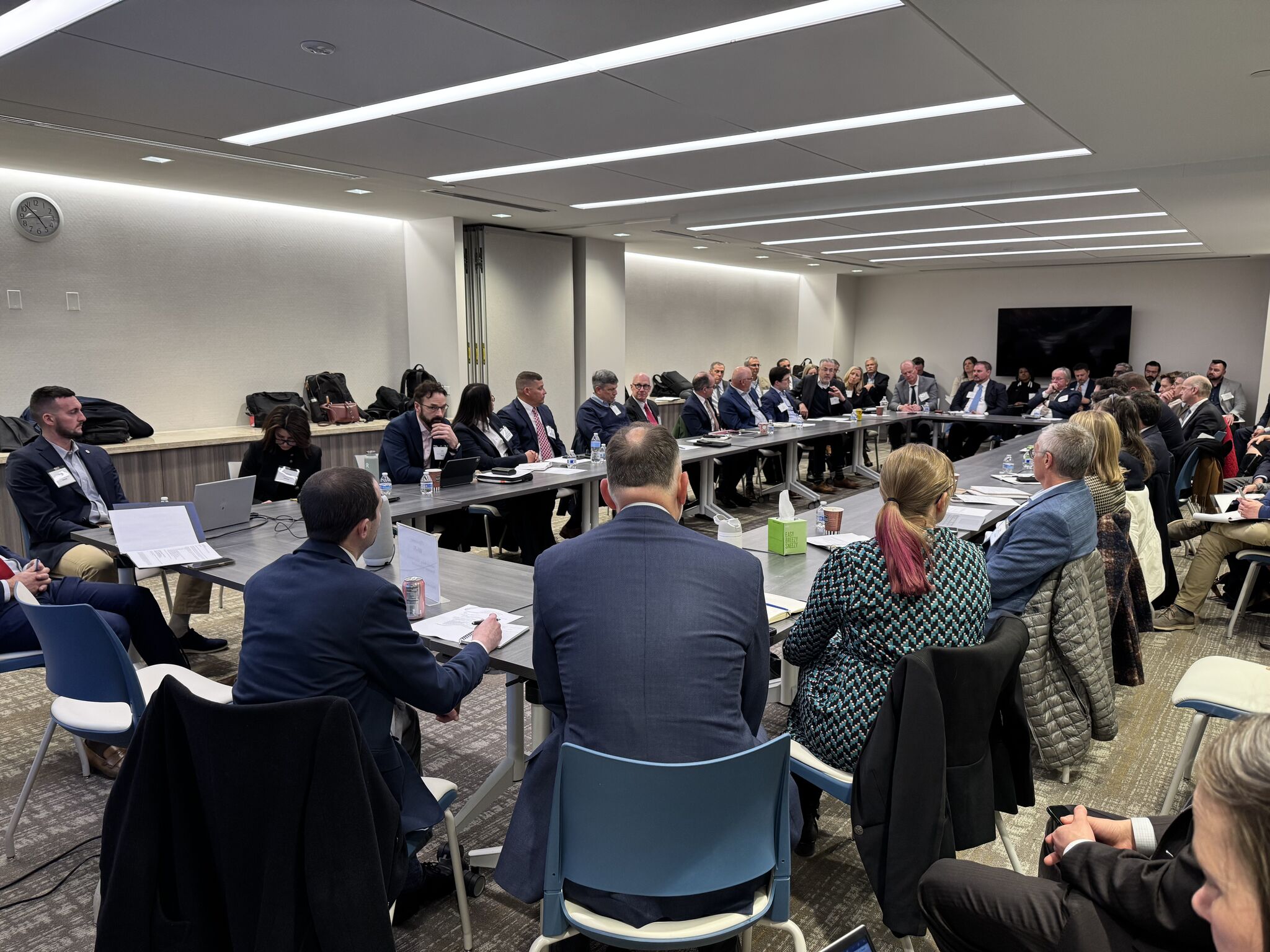America’s Infrastructure Crisis: A Ticking Time Bomb

ENB Pub Note: This article falls right in line with the articles I am writing for our Substack. “What will take to get our grid stable” is a series I am working on to see what the current administration faces with 4 years of horrific management at the helm. This is also very much like France cutting the maintenance to their nuclear fleet to such a devastating point that they are only running at 50% capacity. Their increased prices to Germany have helped bring the power plants back up in the maintenance areas.
-
The escalating cost of maintaining aging infrastructure is causing widespread problems, as exemplified by America’s elevator crisis.
-
Deferred maintenance and underinvestment in infrastructure can lead to cascading failures, impacting essential services like water, electricity, and transportation.
-
The failure to adequately maintain infrastructure is a recurring pattern in human civilization, with potentially devastating consequences for modern cities.
I recently noticed that the elevator at my favorite cinema has been out of order for weeks now. The less mobile patrons need that elevator to transport them downward to this underground theater. I then learned of America’s “elevator crisis” and my mind wandered to the struggle to maintain the Roman Empire. I’ll explain the connection below. But first a refresher on Rome’s predicament:
The Roman emperor Trajan brought the Roman Empire to its greatest extent during his reign (98 to 117 A.D.) with his successful conquests in what we today would call the Middle East. Rome’s many conquests had been financed by booty taken from the conquered.
But its hold on the sprawling empire—one that reached from northern England to southern Egypt, from Spain in the west to what today is called Iraq in the east—would henceforth have to be financed by rising taxes and inflated currency. The money was needed to pay for armies and naval forces to defend the empire’s very long land and maritime borders. Building an empire turned out to be less expensive than maintaining one, including building and maintaining the infrastructure of roads and military and political outposts needed to protect and administer it.
What happened to Rome’s maintenance bill happens in any system of infrastructure as it expands. The existing infrastructure must be maintained even as new infrastructure is built. Eventually, it becomes very expensive 1) to pay collectively for maintenance of all existing infrastructure and 2) to pay for increasingly aging infrastructure that requires extra expense.
America’s elevators are in category number two. Elevators are a ubiquitous and absolutely necessary piece of infrastructure in a culture that depends on high-rise buildings for much of its living and commercial space. Unfortunately for those who rely on them, the workforce that knows how to fix elevators is aging. In addition, the right parts can be hard to come by for two reasons: 1) The companies that make elevator parts prioritize the biggest customers who are concentrated in places such as China where many new tall buildings are going up and 2) some elevators are so old that no ones makes mass produced parts for them and parts have to be custom-fabricated.
Out-of-order signs on elevators are particularly hard on those with disabilities and the elderly. And, nonworking elevators are thought to be a major cause of 1.1 million yearly accidents on stairs that lead to emergency room visits. Even for the young and vigorous, elevator failures, if frequent enough, could make buildings over a certain height uninhabitable. The long stairway down to my basement cinema almost certainly prevents many patrons from even thinking about attending showings there for now.
But elevators are just one part of the sprawling infrastructure that is the modern globalized world. Water systems in the United States are in serious trouble for the same reason, aging infrastructure. Building owners have incentives to maintain elevators to keep their building habitable. Most water systems are owned by municipalities and those municipalities must look to ratepayers to pay their bills. As the bills for system maintenance have skyrocketed, so have rates. But that may not be enough since in many towns, especially smaller ones, shrinking populations have made it difficult to raise enough money for repairs even with higher rates.
Many large infrastructure systems are now facing a reckoning for deferred maintenance or failure to plan for growing demands. The American electrical infrastructure suffers from both problems. The term of art is “modernizing.” But that just means making up for all the deferred maintenance AND expanding the size and capability of the system at the same time.
Next time you see an out-of-order sign on an elevator you’ll know a little of what’s behind it. And, it’s the same problem facing most of the world’s legacy infrastructure that will lead to more frequent boil-water notices from water utilities and power outages by electric utilities.
It is the pattern of human civilization to happily invest in infrastructure during a growth phase and then try to avoid the expense of maintaining that infrastructure when growth is over. That is a recipe for ruin as deferred maintenance makes it all the more likely that both private and public owners of infrastructure will be hit with huge and perhaps unpayable bills in the future. That pattern also risks making some part or even entire major systems unusable. It’s hard to imagine how any modern city could withstand prolonged outages of water, electricity or even of its elevators.
PS. In light of the California wildfires I considered writing about the casualty insurance crisis which is already severe in many places due to hurricanes, floods and wildfires. But then remembered a piece I did 18 months ago entitled “Climate change and the uninsurable future” that covers the subject well.
By Kurt Cobb via Resource Insights
We give you energy news and help invest in energy projects too, click here to learn more
Related
How SenseiNode Is Building Proof-of-Stake Infrastructure in Latin America
A lot of attention is paid to the decentralization of the Bitcoin network.Bitcoin miners should set up shop in a number of different jurisdictions in order to p
The Infrastructure of Racial Justice Is Under Attack. We Must…
President Donald Trump began February with a proclamation that Black History Month offered “an occasion to celebrate the contributions of so many Black Am
Bomb threat found “non-credible”: American Airlines after Delhi-bound flight diverted…
American Airlines has said that the "bomb threat on board", due to whi
Big infrastructure investment plans take shape in America
Amtrak and dozens of major industry partners representing construction, manufacturing, rail supply, engineering, and other sectors convened for an industr













